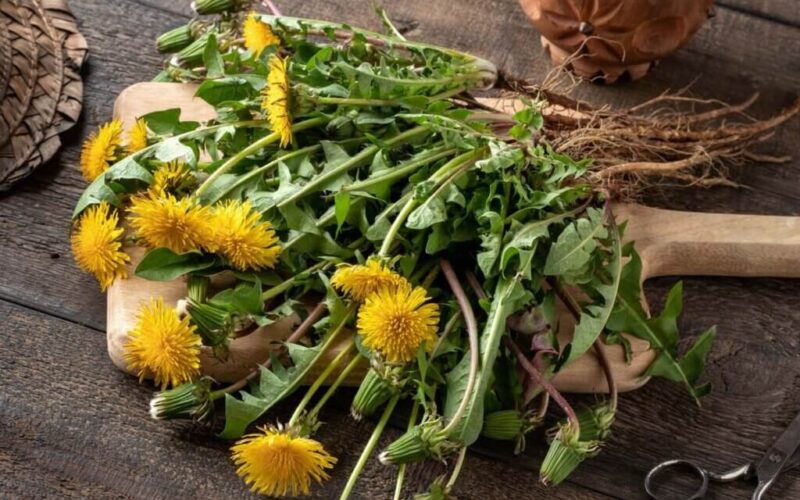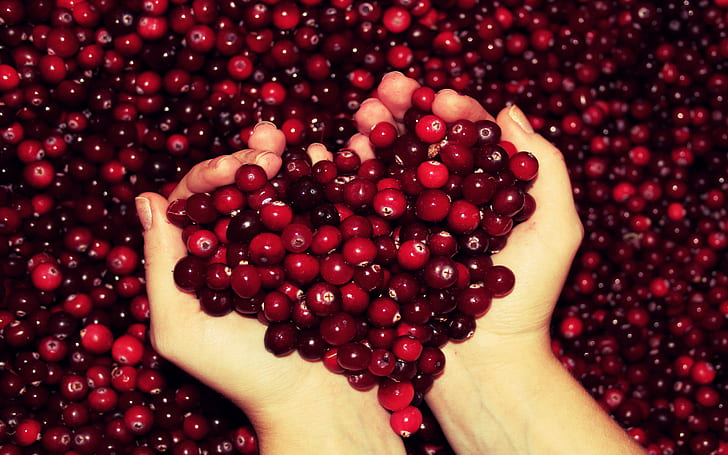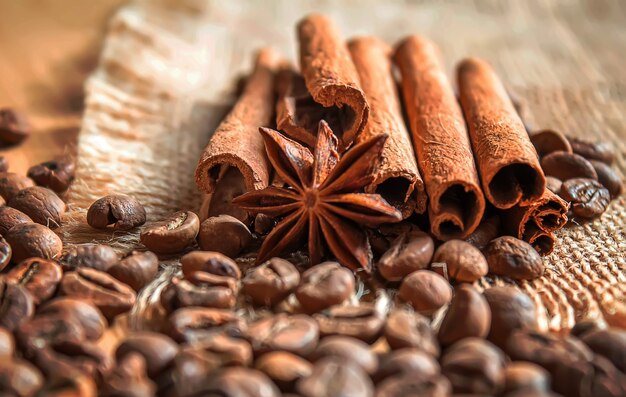Dandelion
Name: The dandelion is scientifically known as Taraxacum officinale. It is also referred to by various names including lion's tooth, blowball, and butter flower. Description: Dandelions are perennial broadleaf weeds belonging to the family Asteraceae. They are known for their yellow flower heads and deeply-notched, toothy leaves. The plant typically grows to about 12 inches in height. Origin and Distribution: Native to Greece, dandelions are now found in many parts of the world, including much of temperate North America. Cultivation and Care: Dandelions can be grown from seeds in soil with a pH of 6.2 to 6.8, prefer full sun…




